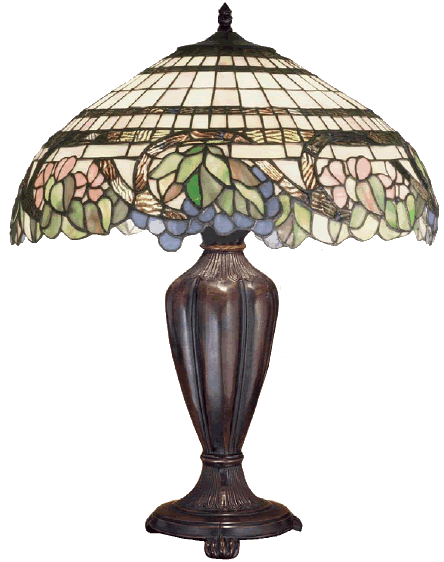By the mid 14th
century, during the Ming dynasty, Jingdezhen had Imperial patronage and
was the most important centre in China for the production of porcelain.
In fact, the only place in the world that could produce porcelain! The
“secret” of blue and white is cobalt, a natural mineral ore, which was
then confined to Persia, today’s modern Iran. Persia, or rather, Kashan,
located near Tehran, held a monopoly on the valuable cobalt which was
mined in the low hills surrounding Kashan.
The Persians used cobalt for the decoration of white, tin glazed earthenware and, in fact, Kashan was an important centre for the manufacture and distribution of ceramics throughout the Middle East. Here, we are speaking of a 9th and 10th century world, totally unrecognizable to us today with our instant everything and with every part of the world, just hours away! At this time trade between countries was slow, dangerous and arduous, a trading caravan, typically taking a year for the round trip.
Trading caravans from Persia first introduced the Chinese to Persian cobalt; soon to be know in China as “Persian Blue”, the cobalt ore ground to a fine dark blue to black powder. Chinese potters were excited and thrilled with this new product and trading began in earnest with bolts of pure silk exchanged for small packets of Persian Blue.
It was at this period that ceramic decorators were experimenting, especially with the firing techniques, as the cobalt could be unstable with the effect of over or under firing which is one of the reasons that this very early class of Chinese blue and white painting is sketchy with the blue being washy and rather pale.
Chinese porcelain is “hard paste” porcelain, the term really refers to the “hard fire” or, high temperature, requiring kilns capable of raising temperatures up to 1250° C / 2300° F in order for the porcelain to vitrify with the hard, white, translucent result we call porcelain. Because of the high level kiln failure, expense and labour required, porcelain at this time was so rare that it was only produced for important commissions from the Imperial court or high ranking members of the aristocracy.
The Persians used cobalt for the decoration of white, tin glazed earthenware and, in fact, Kashan was an important centre for the manufacture and distribution of ceramics throughout the Middle East. Here, we are speaking of a 9th and 10th century world, totally unrecognizable to us today with our instant everything and with every part of the world, just hours away! At this time trade between countries was slow, dangerous and arduous, a trading caravan, typically taking a year for the round trip.
Trading caravans from Persia first introduced the Chinese to Persian cobalt; soon to be know in China as “Persian Blue”, the cobalt ore ground to a fine dark blue to black powder. Chinese potters were excited and thrilled with this new product and trading began in earnest with bolts of pure silk exchanged for small packets of Persian Blue.
It was at this period that ceramic decorators were experimenting, especially with the firing techniques, as the cobalt could be unstable with the effect of over or under firing which is one of the reasons that this very early class of Chinese blue and white painting is sketchy with the blue being washy and rather pale.
Chinese porcelain is “hard paste” porcelain, the term really refers to the “hard fire” or, high temperature, requiring kilns capable of raising temperatures up to 1250° C / 2300° F in order for the porcelain to vitrify with the hard, white, translucent result we call porcelain. Because of the high level kiln failure, expense and labour required, porcelain at this time was so rare that it was only produced for important commissions from the Imperial court or high ranking members of the aristocracy.

















